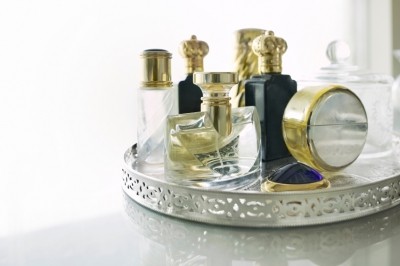The lipstick effect and new product development revive colour cosmetics
Although the lipstick effect was questioned by many industry experts during the current downturn, the latest Mintel report on face colour cosmetics underlines the fact that women have continued to turn to make-up as an inexpensive way of buoying their mood during tough times.
“Unlike many other markets, make-up can actually benefit from an economic downturn, as it is seen as an affordable pick-me up and inexpensive way to treat oneself,” the report states.
Looking at the different markets in Europe, Germany remains the biggest overall market for colour cosmetics, valued at €1.47bn in 2010, but the UK proved to be the most recession-proof, posting a 4.6 per cent rise in sales to reach approximately €1.3bn.
UK takes the top spot for market growth
The UK takes the top spot in terms of the face make-up category, valued at €552m, well ahead of the second biggest market of Germany even though it has a smaller population by approximately 20 million people.
L’Oreal remains by far the biggest player in the face make-up market, which Mintel attributes to its vast product portfolio consisting of well known brands.
Looking at brands, Mintel’s GNPD indicates the product launches have tended to focus on fluid illuminators and foundations, while the trend for make-up products that combine skincare functionality blemish continues to grow.
“Make-up with skincare benefits, such anti-ageing and pore-minimising, has seen good growth in demand in recent years, as women look for products to give a luminous, blemish-free complexion,” said Michelle Strutton, head of Mintel beauty research.
Don't overlook older age groups
The report also underlines that the most enthusiastic age group for face make-up is young women aged 25 and under, who in turn post the highest product take-up and frequency of use.
However, there are also opportunities to target other age groups with specific age-related benefits in an effort to encourage women to maintain their face make-up routine as they grow older.
In line with this, Strutton points to the fact that four out of every ten make-up consumers are now looking for added benefits in their make-up products, while more specifically, the affluent consumers aged 45 – 64 should be particularly receptive to premium products with specific anti-ageing functionality.










